Time Period: Early Twentieth Century (1901 - 1940) - Starting with B
 William Bradford
William Bradford
Bradford, William Claude
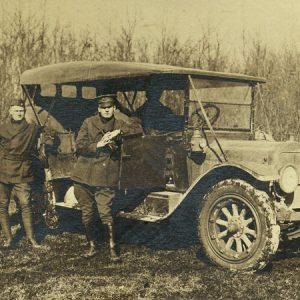 William Claude Bradford
William Claude Bradford
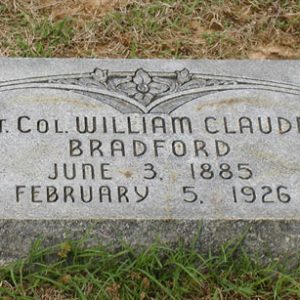 William Claude Bradford Gravestone
William Claude Bradford Gravestone
Bradley County Courthouse and County Clerk’s Office
Branner, John Casper
 Ulysses S. Bratton
Ulysses S. Bratton
Bratton, Ulysses Simpson
 Breeches Panic Propaganda Image
Breeches Panic Propaganda Image
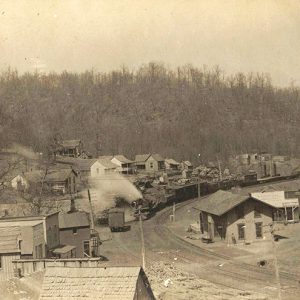 Brentwood Street Scene
Brentwood Street Scene
Brewer, Nicholas Richard
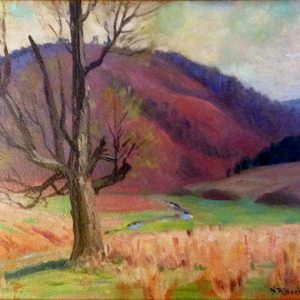 Nicholas Brewer Landscape
Nicholas Brewer Landscape
 Brick Company
Brick Company
 Bridge 178
Bridge 178
Bridge Street Bridge
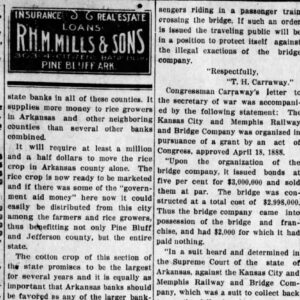 Bridge Tolls
Bridge Tolls
Briggs, Clinton (Lynching of)
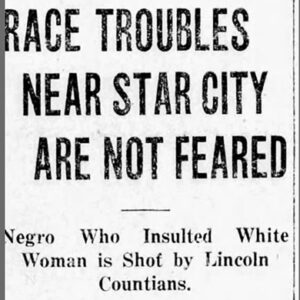 Briggs Lynching Article
Briggs Lynching Article
 The Bright Spot Interior
The Bright Spot Interior
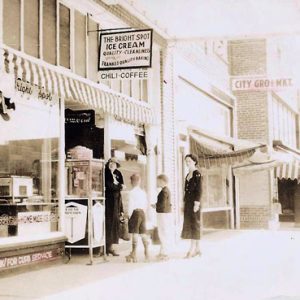 The Bright Spot
The Bright Spot
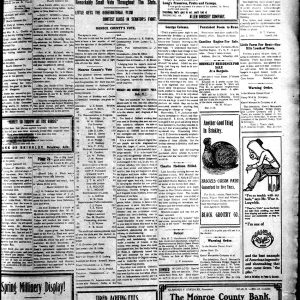 Brinkley Argus
Brinkley Argus
 Brinkley Cyclone Damage
Brinkley Cyclone Damage
 Brinkley Hospital Brochure
Brinkley Hospital Brochure
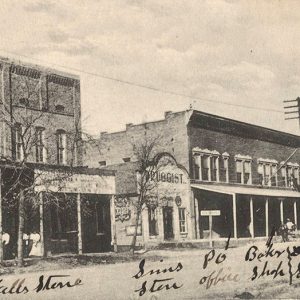 Brinkley Street Scene
Brinkley Street Scene
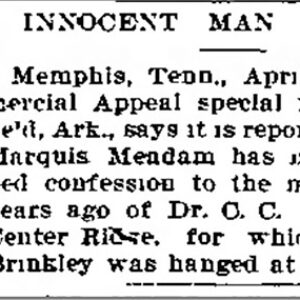 Alex Brinkley Execution Article
Alex Brinkley Execution Article
Brinkley, John Richard
 Britt Sheet Music
Britt Sheet Music
 Britt Songbook
Britt Songbook
Britt, Elton
aka: James Elton Baker
 Footsie Britt
Footsie Britt
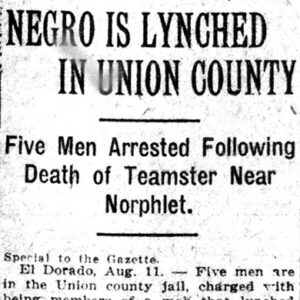 Ed Brock Lynching Article
Ed Brock Lynching Article
Brock, Ed (Lynching of)
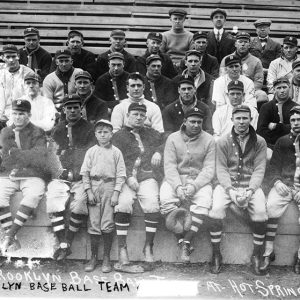 Brooklyn Team
Brooklyn Team
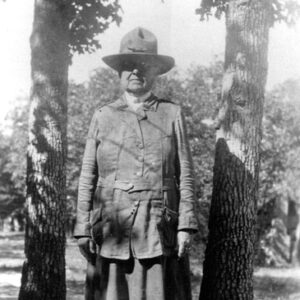 Ida Joe Brooks
Ida Joe Brooks
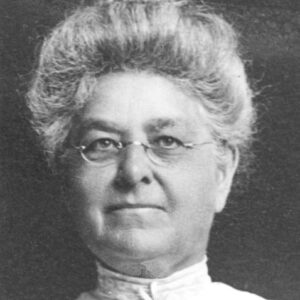 Ida Joe Brooks
Ida Joe Brooks
 "Big Bill" Broonzy
"Big Bill" Broonzy
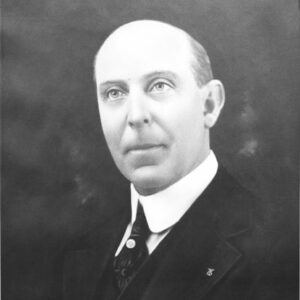 Charles Brough
Charles Brough
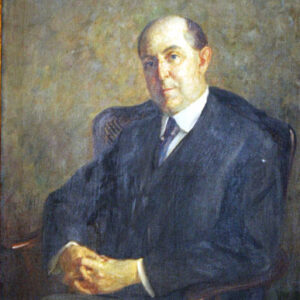 Charles Brough
Charles Brough
 Charles Brough at Elaine
Charles Brough at Elaine
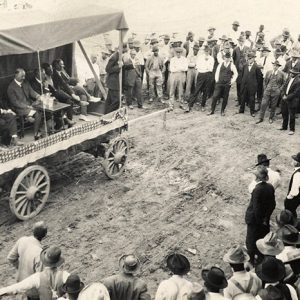 Charles Brough
Charles Brough
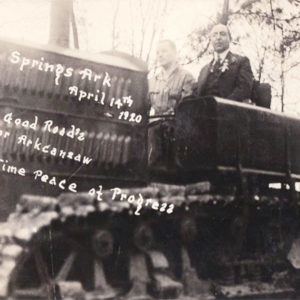 Charles Brough
Charles Brough
 Charles Brough
Charles Brough
Brough, Charles Hillman
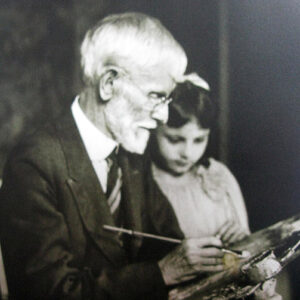 Benjamin Brown
Benjamin Brown
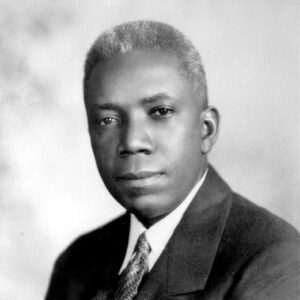 Floyd Brown
Floyd Brown
 Floyd Brown
Floyd Brown
Brown, Floyd B.
Brown, Frank (Lynching of)
 Brown Lynching Article
Brown Lynching Article




